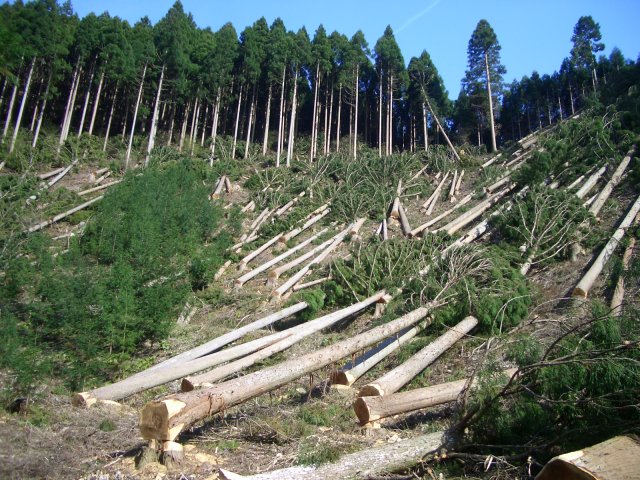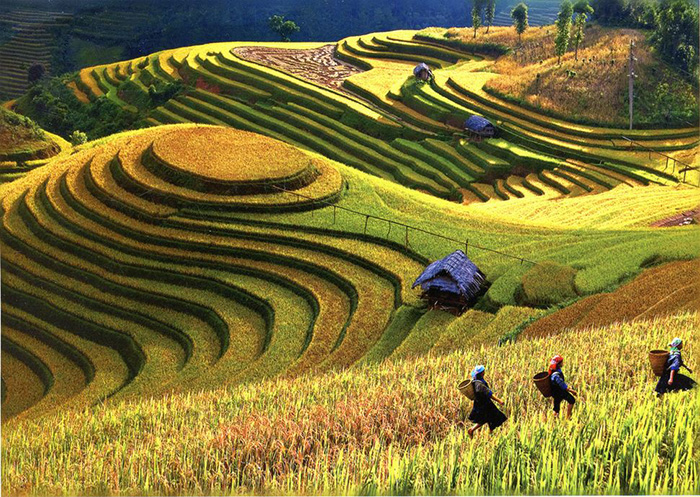Explain Forest and Wildlife Resources
Forest :
Forests are large uncultivated self maintained wooded tracts dominated by trees forming a nearly closed canopy. Besides trees, the forests possess shrubs, climbers, herbs, herbivores, carnivores, saprophytes and parasites living together maintaining hormony of nature.
Wildlife
Wildlife refers to living beings comprising animals, plants and micro-organisms found in natural habitats which are neither do domesticated/tamed nor cultivated.
Economic Functions :
- Foods :
Tribals obtain most of their food requirements from the forests, e.g., fruits, tubers, fleshy roots, leaves. - Nuts :
Pine Nut (Chilgoza), Almond, Walnut and Cashewnut are obtained from forests trees. - Spices :
Cardamon, Cinnamon, Nutmeg and Cloves are spices obtained from forest plants.
Commercial Products :
A number of forest products are of commercial importance, e.g., & rubber, resin, tennins, tendu, lac, cork, camphor, essential oils. soap pod and drugs.
- Fuel Woods :
Nearly two billion persons depend upon forests for fuel wood. - Timber :
Wood for the manufacture of furniture, household fitments and several other articles mostly comes from forests. - Paper :
It is prepared from cellulose rich plants like bamboos, Boswellia, Eucalyptus, grasses and several gymnosperms.
Stakeholders :
Stakeholders are person or parties having a binding interest in an asset. Forests have four types of stakeholders – locals, forest department, industrialists, wildlife and nature enthusiasts.
Deforestation :
Removal, decrease or deterioration of the forest cover of an area is called deforestation. It is caused by excessive felling of trees, overgrazing, monoculture, fragmentation and clearing of forests. Deforestation causes.
Soil Erosion :
Removal of plant cover exposes the fertile soil to wind and water. The latter remove the top soil and make the area infertile.
Desertification :
Removal of forest cover in the plains, makes the area dry. In hot season, the soil become loose.
Floods :
In rainy season many temporary rivulets are formed due to loss of absorption capacity by unprotected soil.
Destruction of Wildlife :
Deforestation leads to destruction of natural habitats of wild animals and plants. Wildlife is, therefore, destroyed.
Climatic Changes :
In the absence of forest cover, the summer becomes hotter while the winters become extra cool. The frequency of rainfall decreases.
Sustainable Management :
Sustainable management is controlling the use of a resource in such a way as to provide equitable availability and continuous flow of products and services to the present generation while ensuring the same for future generation without any harmful impact on the environment.

